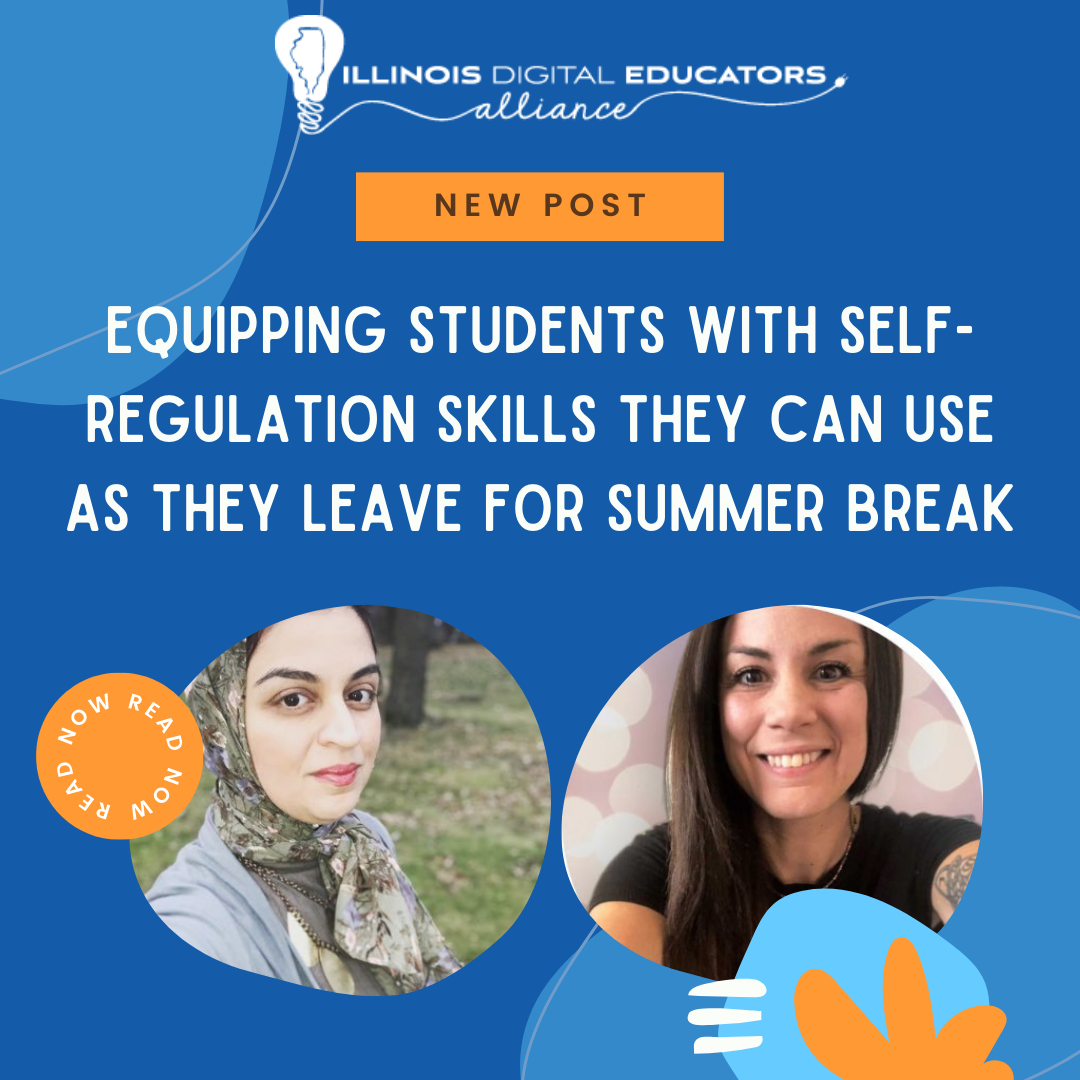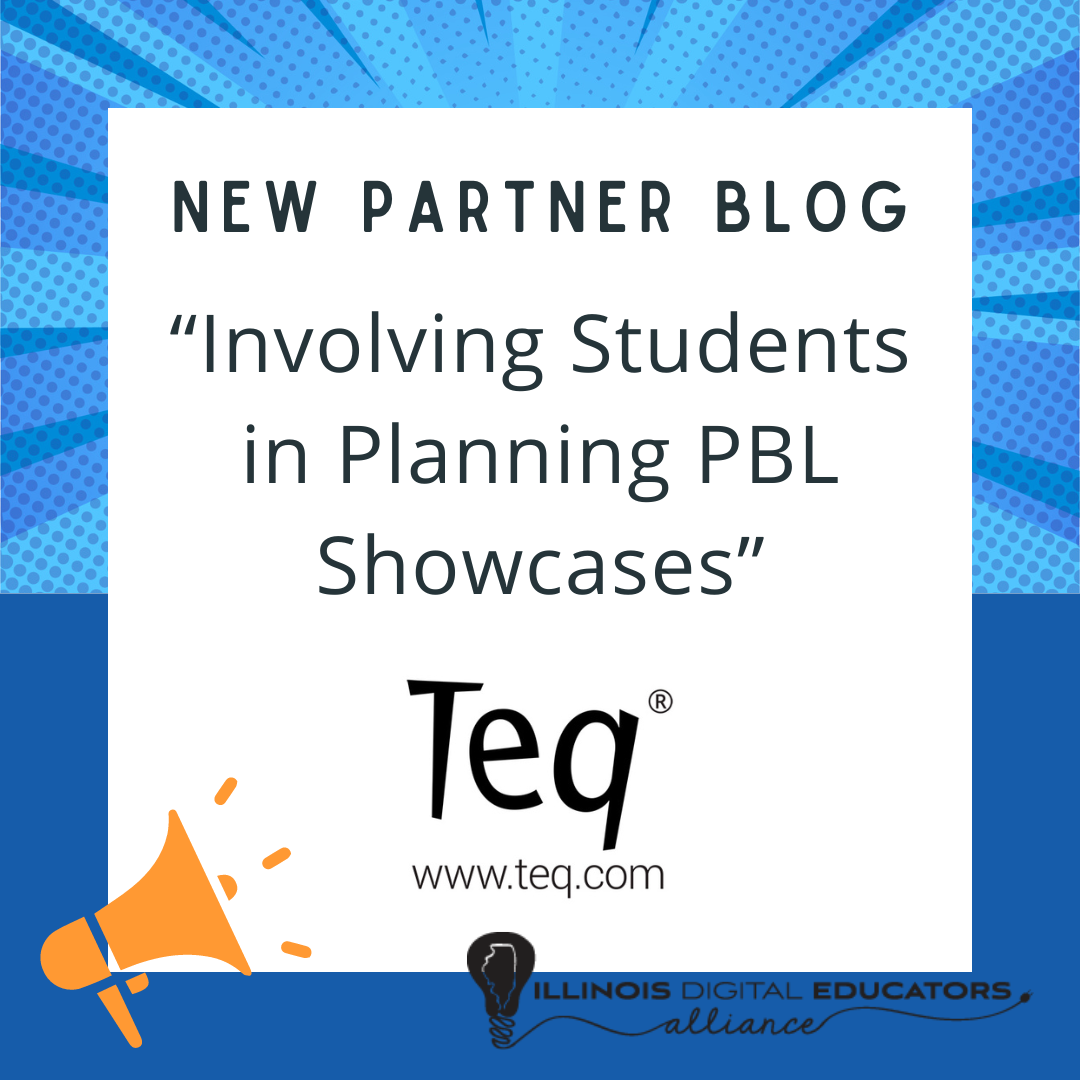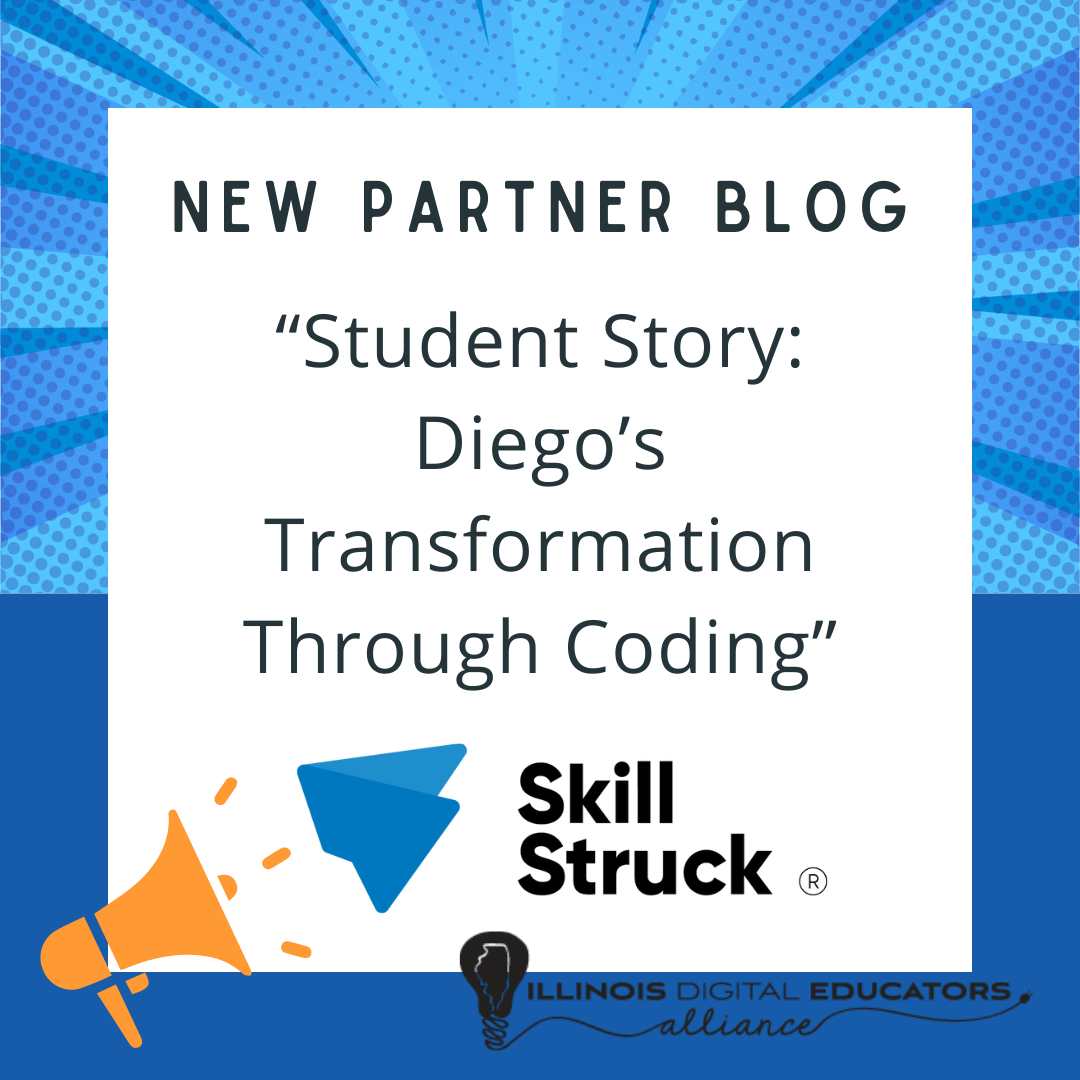Contact Info
2735 Hassert Blvd. Ste. 135 PMB304
Naperville, IL 60564
Inclusion in Education: Giving a Voice to All Students
As a former special education teacher, I understand the challenges of keeping all students engaged and motivated in the classroom. Inclusion is one of the most important ways we can level the playing field and deliver engaging learning experiences for all.
Strategies that foster inclusion in education are essential to amplify the voices of every student, regardless of their mode of communication. In this blog, I offer strategies and considerations that all educators can take into their classroom to provide inclusive learning environments, regardless of their students abilities or disabilities.
Traditional classroom dynamics
Traditional classroom dynamics often erect language barriers, particularly for nonverbal students or those who struggle with verbal expression. The predominant lecture format fails to cater to diverse learning styles and can disadvantage many students.
Teachers aren’t using a lot of visuals, which closes off opportunities to reinforce the learnings. Anyone who doesn't learn well by listening alone is at an extreme disadvantage in today's classrooms.
Moreover, frustration ensues when students cannot meaningfully engage with the material or express their understanding. This frustration can impact their overall attitude towards school and learning, leading to disengagement and poor academic outcomes.
Empowering students through technology
However, technology offers a solution by diversifying the modes of engagement with learning material.
Multi-modality, or making content accessible by presenting it in multiple formats, is an excellent example of inclusion in the classroom, ensuring student voices are heard equally. Universal Design for Learning (UDL) is a widely accepted approach to learning design.
Many educators rely on Universal Design for Learning. It's a holistic approach to learning where educators use all different modalities and design learning in a very intentional way for all learners.
Technological advancements have integrated features like creation tools, dyslexia fonts, and auditory prompts into educational software, enhancing accessibility and ease of use in the classroom.
A gateway to inclusive learning
Lumio is a digital learning tool that transforms lessons into collaborative learning experiences. It allows students to learn from their own devices, participating in class, from home, or on their own time. The range of possibilities and flexibility of Lumio make it a superior example of inclusion in the classroom.
One of my favorite features in Lumio is the ability to record up to five minutes of audio to aid in classroom instruction. This can be used to reinforce directions for those who need repetition or to accommodate students who struggle with reading.
With Lumio, students can all participate in learning in ways that align with their capabilities and strengths. They can listen to the teacher, watch what’s happening visually, and touch or click to offer a response, all with their existing hardware or devices to ensure ease of use.
Lumio also offers translations for ESL students who need materials translated into their native languages. With this functionality, teachers can easily present lessons to all students and encourage their participation equally.
Breaking down barriers for student success
Diverse learning needs shouldn't create separation in a classroom or allow obstacles to block students' ability to learn, engage, and express themselves at school. Removing these barriers increases collaboration and creates inclusive classrooms that nurture skills and confidence.
Educators must consider accommodations for diverse learners to connect them to learning. In traditional classrooms, these students often don’t enjoy attending school, they rarely connect with their teachers, and the material becomes frustrating.
Our students don’t understand why they can’t access the material. But when we remove those barriers with technology, we see student engagement and achievement skyrocket, and learning becomes fun. The outcomes increase at every level.
Technology has the power to amplify student voices and create inclusive classrooms where every student is heard. By embracing tools like Lumio and adopting inclusive practices, educators can foster a learning environment that celebrates diversity and empowers every learner to succeed.
Diverse learning needs shouldn’t create separation in a classroom or allow obstacles to block students’ ability to learn, engage, and express themselves at school. Removing these barriers increases collaboration and creates inclusive classrooms that nurture skills and confidence.
How can the right technology amplify student voices to create inclusive classrooms? Try Lumio for free to explore the possibilities for your students.
Anna Tansey is the Education Sales Consultant for SMART Technologies and former special education teacher. SMART Technologies is a leading provider of technology solutions that inspire greatness in classrooms and workplaces across the world. SMART is powered by the connections that matter most - to students, teachers, community, and learners of all ages. SMART delivers an integrated solution of software, hardware, training, and services that are designed for superior performance and ease of use. After 30 years in the market, SMART remains a world leader in interactive displays.
RECENT ARTICLES



Contact us
2735 Hassert Blvd. Ste. 135 PMB304
Naperville, IL 60564
©2022 | All Rights Reserved | Illinois Digital Educators Alliance
Website powered by Neon One


